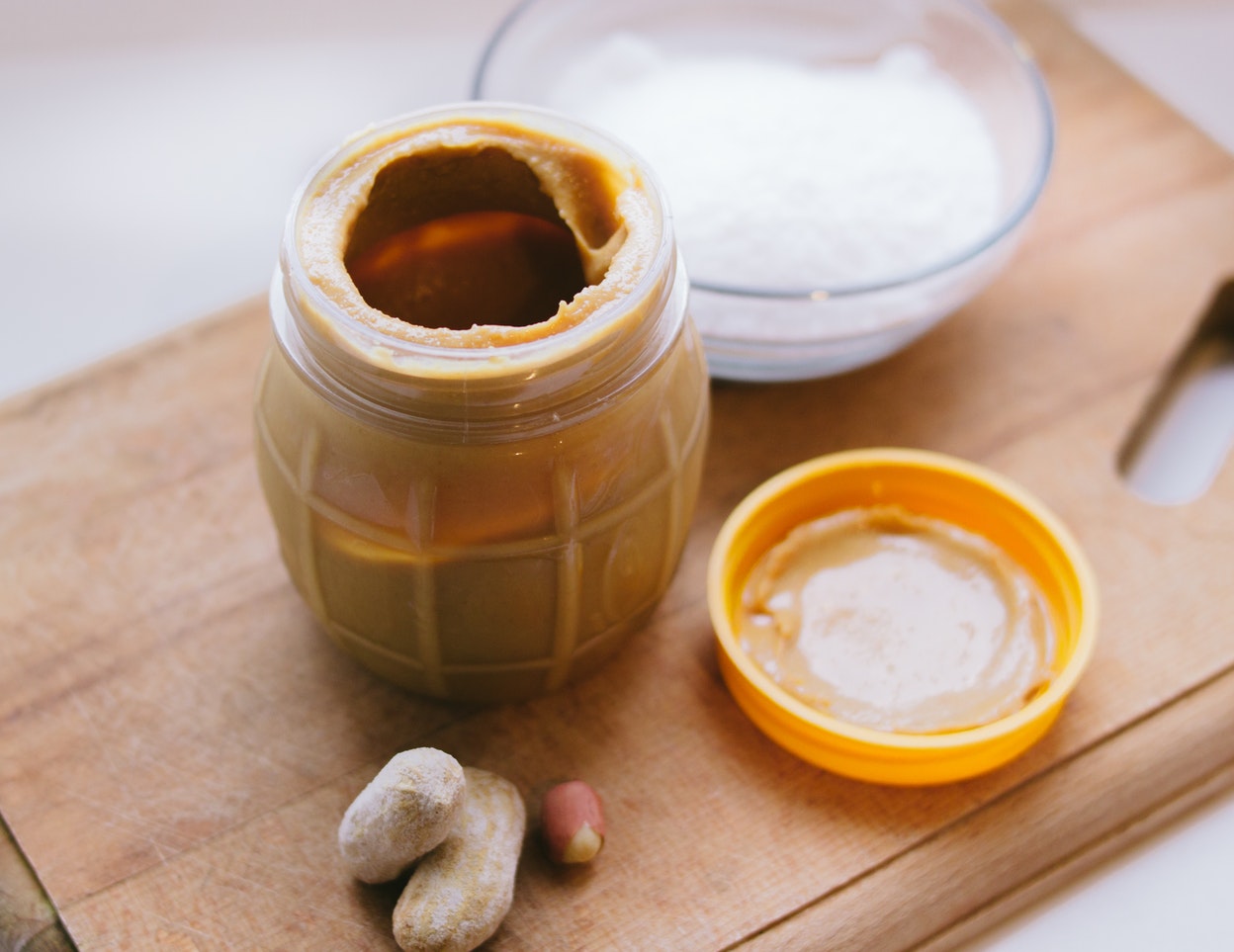
What’s on your plate can help maintain your cardiac capacity. “Heart-healthy foods contain nutrients that have been shown to benefit the cardiovascular system or reduce the risk of developing heart disease by lowering ‘bad’ LDL cholesterol and blood triglycerides, reducing blood pressure, controlling weight and/or improving insulin sensitivity,” says Rania Batayneh, MPH and the author of The One One One Diet.
Omega-3s, potassium, calcium, magnesium, fiber, phytonutrients and antioxidants earn top marks in these categories, making the Mediterranean diet and the DASH diet top choices for those seeking to maintain or improve heart health.
Science backs up this premise: A menu centered around produce, whole grains, nuts and beans, plus a little dairy and heart-healthy fats can help reduce your risk for cardiovascular disease by about a third, according to a 2016 study in the Journal of the American College of Cardiology. So which foods get the green light from dietitians and which ones get the red light?
Here are the 10 worst foods for your heart!
Processed deli meats
Ditch the deli. “Even the lower-fat versions of cured lunch meats contain the preservative sodium nitrate,” says Suzanne Fisher, RD, LDN, in Cooper City, Florida. Nitrates may increase internal inflammation, and “chronic inflammation has a direct link to the development of atherosclerosis,” the stiffening or narrowing of the arteries, she adds.
Hot dogs
Linked closely to cold cuts is another cured meat option: franks. “Hot dogs and sausages can be high in saturated fat. Even low-fat options tend to be packed with salt. It’s important to watch your sodium intake, as more dietary sodium often leads to higher blood pressure,” Batayneh says.
Rotisserie chicken
Same goes for supermarket roasted birds—they often contain far more sodium and saturated fat than your typical home-cooked poultry products if you purchase them fully seasoned and with skin on. Roast your own at home to control the amount of added sodium or seek out an unseasoned chicken and remove the skin to trim down on saturated fat.
Ketchup
You might want to shake up your condiment strategy, as many store-bought ones are loaded with added sugar and/or sodium. “Ketchup is very high in sodium as well,” says Juan Rivera, MD, a cardiologist in Miami, Florida and chief medical correspondent for Univision Network and the author of The Mojito Diet.
Just two tablespoons contains 320 milligrams of sodium—14 percent of the way to your daily suggested limit of 2,300 milligrams, recommended by the American Heart Association. Plus, it boasts eight grams of sugar per two-tablespoon serving.
Barbecue sauce
In related condiment news, it’s best for your heart to steer clear of (or go light on) the sauce at your cookout. A couple tablespoons of the typical bottle variety has about 310 milligrams of sodium.
Table salt
About 70 percent of our total sodium consumption comes from food we find in packages or eat at restaurants. Another 15 percent is found naturally in ingredients. But that leaves another 15 percent or so of sodium that we’re completely in control of adding ourselves, either via the salt shaker on the table or by the spoonful into recipes.
Start by adding half of what a recipe calls for, and scale up to only use what you need. So you don’t shake on extra out of habit, leave the salt in the kitchen and only bring it to the table if you need it after the first bite.
Reduced-fat salad dressings
What makes reduced-fat salad dressings a cardiac crime is that they’re actually hidden sources of sugar and salt, says Fisher. “When fat is removed, sugar is typically added to maintain the taste and texture,” she says. Just because it’s low in fat or calories, it doesn’t mean it’s healthy.
“I recommend my clients to look beyond macronutrients. Even when macros fall perfectly in line with what’s traditionally recommended for fat, carbohydrates and protein levels, a diet can fall short on nutrition,” Fisher says. “For example, are the carbohydrate sources highly-processed and low in fiber? Is the protein lean? Is the fat heart-healthy?”
Fat-free packaged snacks
Even worse than reduced-fat is unnaturally zero-fat. “Fat-free packaged foods were once touted as a healthy option for individuals wanting to lose weight and maintain a healthier lifestyle,” Fisher says. No longer. A good rule of thumb: Avoid any product that is not normally fat-free. What it doesn’t have in fat, it makes up for in sugar.
“Read food labels and ingredient lists to determine many grams of sugar may have been added as a fat substitute. Many types of natural fats are healthy and promote satiety, which in the long run can reduce cravings and overeating,” she continues.
Fat-free peanut butter
Seek out an all-natural, full-fat and sugar-free nut butter for a great source of heart healthy monounsaturated fats. “Low-fat peanut butters usually contain the same amount of calories as its conventional counterpart. Again, you’re trading fat for sugar,” Fisher says.
The ingredient list should read: “Peanuts, Salt.” You’ll earn bonus points from Fisher if you can spot or grind up a jar that’s made with nuts alone (in other words, without extra sodium).
Sugary cereal
In another example of “not all fats are bad,” take a second look at the nutrition label of your cold cereal. Does it have more than eight grams of sugar per serving to make up for its low-fat level? Skip it.
“Dietary fat was the enemy for so many years. Now, most experts agree that a diet high in added sugar may be just as big of a threat by contributing to obesity, inflammation, high cholesterol and diabetes—all of which are risk factors for heart disease,” Batayneh says.

























